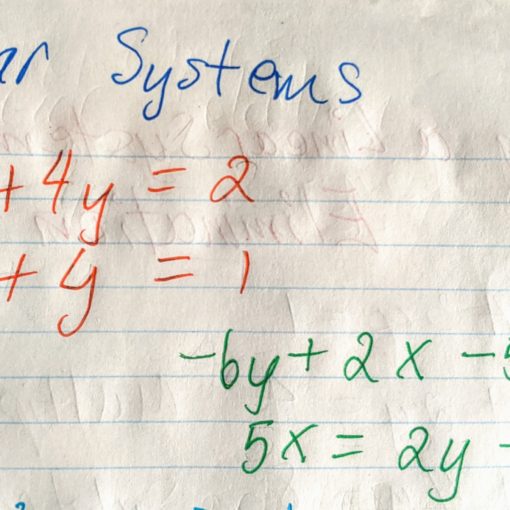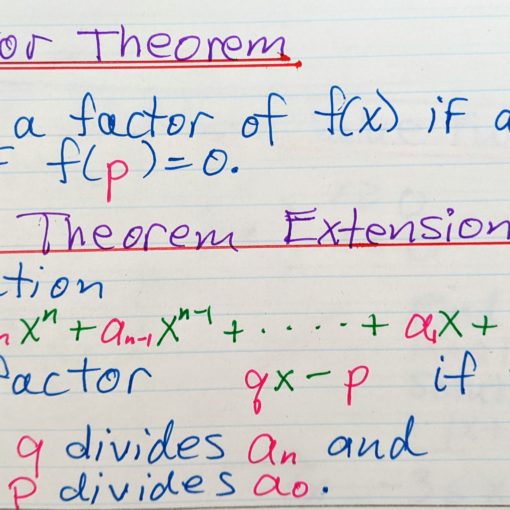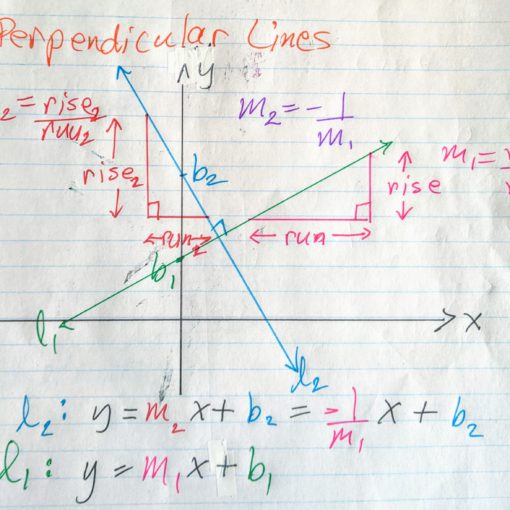Learn how to represent the motion on a straight line. From this representation we can derive the velocity of a particle on the straight line and it’s acceleration using the first and second derivatives of the position of the particle, respectively. Practice this with exercises and applications below.
You may also like
What is a linear system of equation? And how do you solve a linear system of equation? We will answer both of these questions and give you some exercises to practice on.
Practice taking the limits with indeterminate forms and applying l’Hopital’s rule with Raise My Marks math tutoring and exercises. Located in Ottawa, Toronto and across Canada. Specializing in provincial curriculums, IB math, AP Calculus, university and college mathematics.
Practice using the factor theorem with Raise My Marks math tutoring and exercises, Ottawa, Toronto, Canada, IB math, AP calculus, university and more.
Learn how to find the slope of a line perpendicular to a given line. Practice finding the equation of a line perpendicular to a given line.




